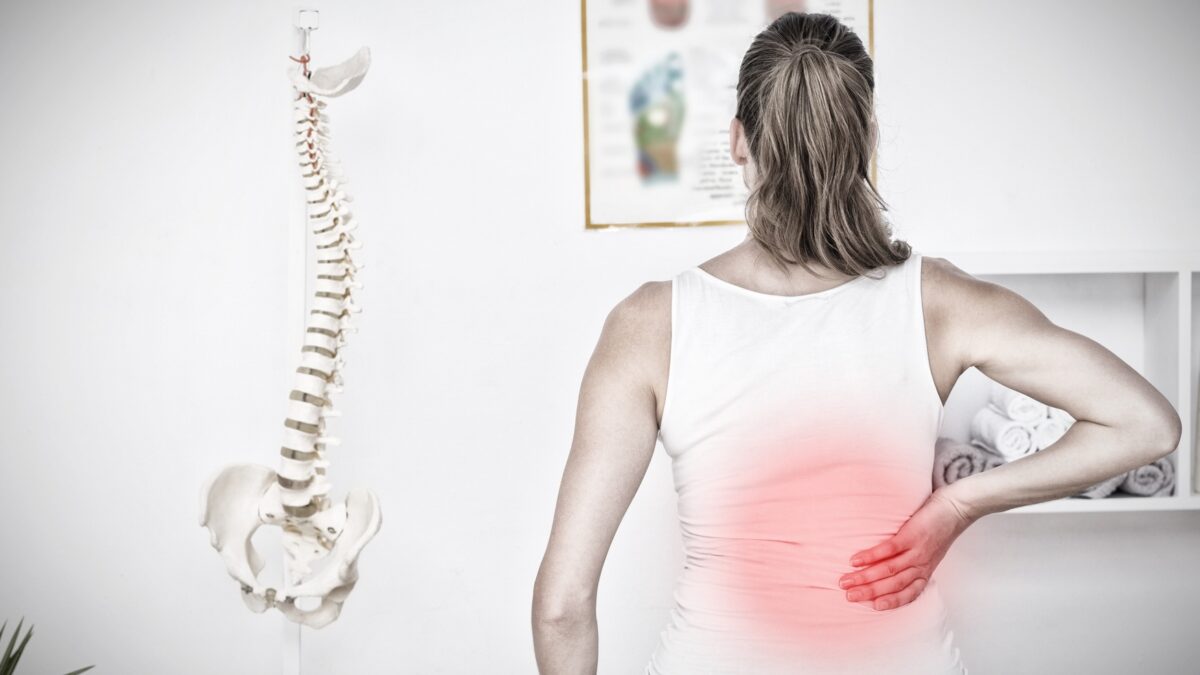Many patients describe mid-back pain as a burning or pulling sensation that develops in the strained or injured area. It typically starts as mild discomfort and rapidly develops into an extremely painful problem. To decrease your chances of suffering from mid-back pain, try maintaining good posture, exercise regularly, and sleep in an optimal position. If it occurs, however, there are some common culprits you need to know about.
Keep on reading to discover the six most common causes of pain in your middle back.
1. Improper posture
Sitting for a prolonged period, or just hovering over your screen with improper posture, can cause structural changes in your back and neck. Your muscles may become weak and deconditioned as a result of a sedentary lifestyle. Your spine thus loses support, making it practically impossible to maintain a neutral position. More pressure is imposed on the entire spine, including muscles, ligaments, and soft tissues, when your head and shoulders are constantly bent forward. If you frequently lean to one side while driving or working at a computer, you create an imbalance that can trigger upper back pain. This may also result in middle back pain occurring on either the right or left side.
2. Overuse
Working in an unpleasant position for long periods, like when moving furniture or painting a ceiling, can be harmful to your upper back. Ligament sprains, muscular strains, and even inflammation can occur when your back endures more stress and pressure than it’s used to.
3. Scoliosis
Scoliosis is a bone disorder that’s exclusive to the spine. It results in an odd curve of the spine, giving it the appearance of either an “s” or a “c” when viewed from behind. Abnormal curvature of your spine can harm both your upper and middle back. Scoliosis affects all of your spinal nerves, soft tissues, and muscles, typically resulting in persistent back pain. If your scoliosis progresses with time, undergoing spinal deformity surgery is often the only way to achieve pain relief.
4. Improper lifting form
Lifting large objects without sufficient spine support can put your upper back under unnecessary stress, which is closely related to overuse. Lifting or holding a large object overhead, particularly on the side, can cause harm to your middle back and shoulders. A pinched nerve can develop as a result of this.
5. An accident or collision
Any type of trauma, including falls from specific heights, car accidents, or contact sports collisions, can cause pain in your middle back. Spinal discs, bones, muscles, nerves, soft tissues, and ligaments can all become injured as a result.
6. Osteoporosis
Osteoporosis is a bone disease. It might weaken your bones over time, making them more fragile. This condition is hard to diagnose because most people typically don’t realize they have it until a spinal fracture occurs. Those with osteoporosis are more prone to fractures and have a reduced ability to hold their weight. Osteoporosis can cause middle back pain, especially as you get older. You’ll also have a rounded back, which is a type of bad posture that causes even more pain in your entire spine.
The bottom line
Because middle back pain affects only your quality of life but also your daily routine, it’s always unpleasant to deal with. Failure to treat your mid-back pain can lead to the occurrence of even more pain. That’s due to your thoracic spine muscles and bones pressuring each other and causing muscle pain that spreads all over your body. Middle back pain can result from underlying conditions like osteoporosis, injury, and scoliosis. In any case, seeking urgent medical care is necessary. Your treatment may include medications, smoking abstinence, hormone replacement therapy, physical therapy, and surgery.


